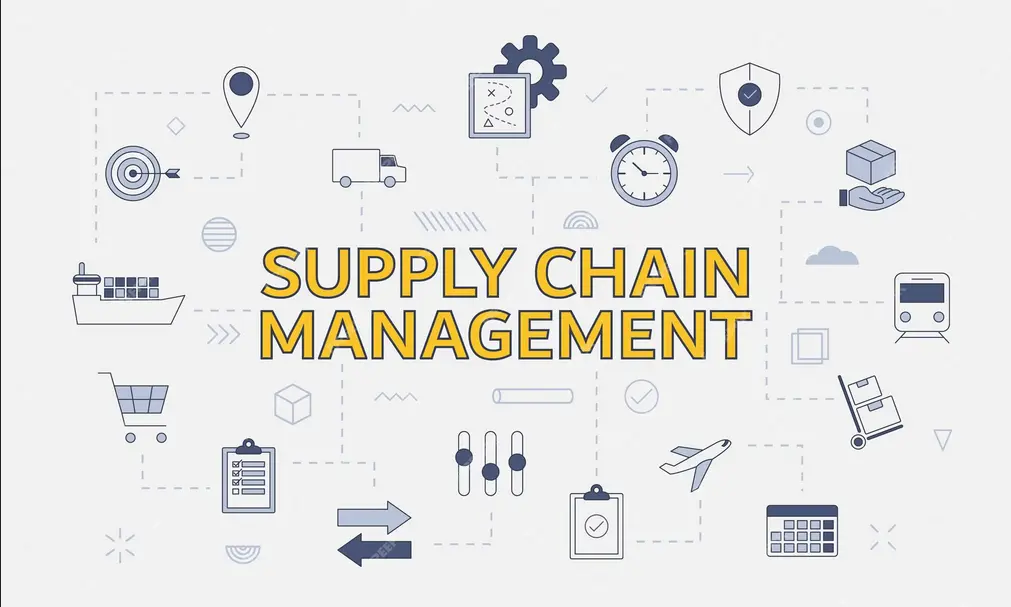A large network involving various industries and employees is required for raw material to become a product. This network forms a Global Supply Chain. With the outbreak of COVID-19, workers were made to stay home, and most businesses were shut down.
There is tension among the traders, manufacturers and the logistic supply network, with the pandemic lasting since 2020. There’s a hike in the price of products, logistic fees are higher than ever, and most importantly, there is a delay in the supply of products worldwide. Supply chain shortages have made it very challenging for all businesses and employees globally.
Though companies face these challenges, they cannot lose their competitiveness or customers. In the long run, they have to satisfy their customers, work more on lowering costs and maintain their existence in the market. As a result, the management should understand their vulnerabilities better in order to maintain and secure their organization.
Global Shortage Scenario
Hopes were raised that in early 2022, the supply chain shortage would start vanishing. But the Ukraine – Russia war outbreak, lockdowns in most of China’s cities and the Sri Lanka crisis are still affecting the supply chain globally. Supply chain issues are becoming a major problem owing to these circumstances.
A few more reasons are found to affect the global supply chain apart from Covid-19. The complexity between the logistics and supply chain network is the basic reason.
- Supply and demand are not single-point oriented. Instead, they are operated based on multiple points. Hence balance between supply and demand is affected when factories run less than their complete capacity. Cost efficiency is damaged in production and distribution. Due to high installations, it is impossible to increase the supply immediately. A bottleneck effect is created at every level.
- When demand increases, the retailer anticipates more products from the supplier. This is passed on from the supplier to the manufacturer but anticipating more demand, and the supply chain is affected.
This effect is called a Bullwhip effect, where a small whirl makes a perfect whip in every stage. Thus, industries must analyze the demand and supply pattern with accurate data.
- The effect caused by the bullwhip can eventually create surpluses and reduced costs in the existing infrastructure. Resilience is very weak in the expected future. A diverse group of suppliers, and manufacturers, holding a safe inventory stock and products, and selling online are some of the measures that can be followed to reduce resilience.
The combination of global and local industries can highly help to be more efficient during such difficult times.
Industries affected by Supply Chain Shortages
- Logistics and shipping industries have announced hikes and have delayed shipping due to the existing queue. As a result, companies have now come up with long-term contracts to solve this problem.
- Semiconductors are in high demand. Right from mobile phones to supercomputers, operations on any cloud need semiconductor chips. Companies like Apple are spending billions to cope with their demands. IT companies working from home are also a major contributor to this demand.
- Automobile industry: The manufacturer of famous cars, Volkswagen, has shut down a few units in Germany. This is how much the semiconductor supply chain shortage has affected the system.
- Food retail, restaurant and food prices have hiked over the past 2 years. This is a huge thing to deal with. A common person is highly challenged when basic needs become costly.














Leave a Reply